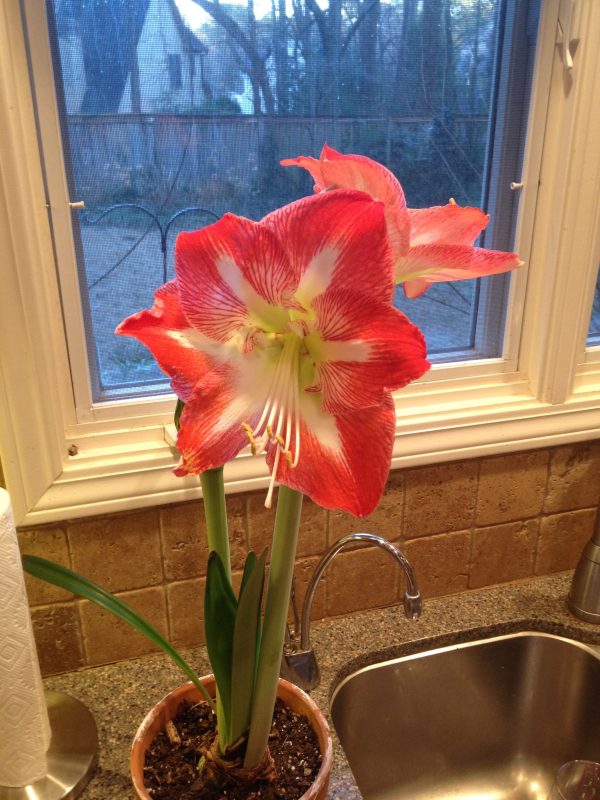Fescue Planting – 1-2-3

September – October is the BEST time to plant a fescue lawn but March -April is also a possibility. I have tips on planting a new lawn or an existing lawn, whether with seed or sod. I also cover what kind of fescue is best.
It is not as important as you think it is, but everyone’s first thought is what fescue seed to buy.
Read this:
Choosing a Fescue Variety and then come back to this page.
Seeding a New Lawn
Optimum air temperatures for tall fescue germination are 68 to 77°F and soil temperatures greater than 60°F.
· Kill all weeds by spraying the area with glyphosate (click for sources) two weeks before planting.
· Mix in a layer of soil conditioner one inch thick. Till the soil thoroughly to a depth of six inches.
· Rake the area smooth, removing rocks, clumps and grassy debris.
· Roll the area with a water-filled roller to reveal low spots.
· Fill low spots with soil.
· Scatter 5 to 8 pounds of seed per 1000 square feet.
· Cover very thinly with wheat straw (1 bale per 1000 square feet).
Overseeding an Existing Lawn
· If the lawn is covered 50% or less with healthy fescue, use a rented verticutter (sometimes called a dethatcher). Adjust the verticutter blades to just touch the top of the soil.
· If the lawn is covered 50% or more with healthy fescue, use a rented core aerator. Stop when you have 10 or more aerator holes per square foot.
· Just before seeding, lower your mower one notch below your normal mowing height and mow the lawn. This removes the grass canopy and helps seed fall directly onto the soil.
· Spread 3 to 5 pounds of seed per 1000 square feet. Drag the area with a carpet or section of chain link fence to crumble aerator plugs and cover the seed with soil.
Planting Sod
· Prepare the soil as if you are planting a new lawn (see above)
· Starting along the longest straight edge of the area, lay sod pieces end-to-end.
· Make sure each piece is tightly placed next to its neighbor.
· Stagger sod pieces in adjacent rows so seams do not line up.
· Use a small hatchet or sharp shovel to trim pieces to fit around obstructions.
· Roll the entire area once more, to insure good sod-to-soil contact.
· Water sod heavily so soil three inches deep is moist. Then water lightly twice a day for five days. Then change to applying more water but doing it every other day. Within the next three weeks, your goal, weather permitting, is to wean it to one inch of water per week by watering deeply one day then waiting seven days to water again.
Watering Schedule after Seeding
· Set out several paper cups while you irrigate to help determine how long it takes to apply an inch of water.
· Apply one inch of water immediately after planting.
· Apply only enough water daily (or as regulations allow) to prevent the top one inch of soil from drying until seedlings are 1.5 inches tall.
· After that, apply one-fourth inch of water every third day for nine days.
· Next, apply one-half inch of water every fifth day for ten days.
· After this establishment period, apply one inch of water per week for the rest of the growing season. Water deeply one day then wait seven days to water again.
· There is no need to water if rainfall supplies the correct amount.
Weed Killers
· Glyphosate (click for sources) can be used to spot spray existing clumps of weeds one week before seeding.
· Do not use a pre-emergent herbicide, a broadleaf weed killer or a “weed and feed” product before seeding or within six weeks after seeding.
Fertilizing
· Use a starter fertilizer at planting using the label rates.
· Fertilize again in mid-November, using any brand turf fertilizer.
· Fertilize again February, using any brand turf fertilizer.
· Fertilize again mid-April, using any brand turf fertilizer.
Liming
· Most Georgia soils benefit from garden lime. A UGA soil test will tell you exactly what your soil needs. In the absence of a soil test report, apply 50 pounds per 1000 square feet, preferably a week before planting.

















